Vanessa Bell and Patti Smith at Dulwich Picture Gallery
Gallery director Ian AC Dejardin discusses the photographic dialogue that exists between the two artists who lived 100 years apart
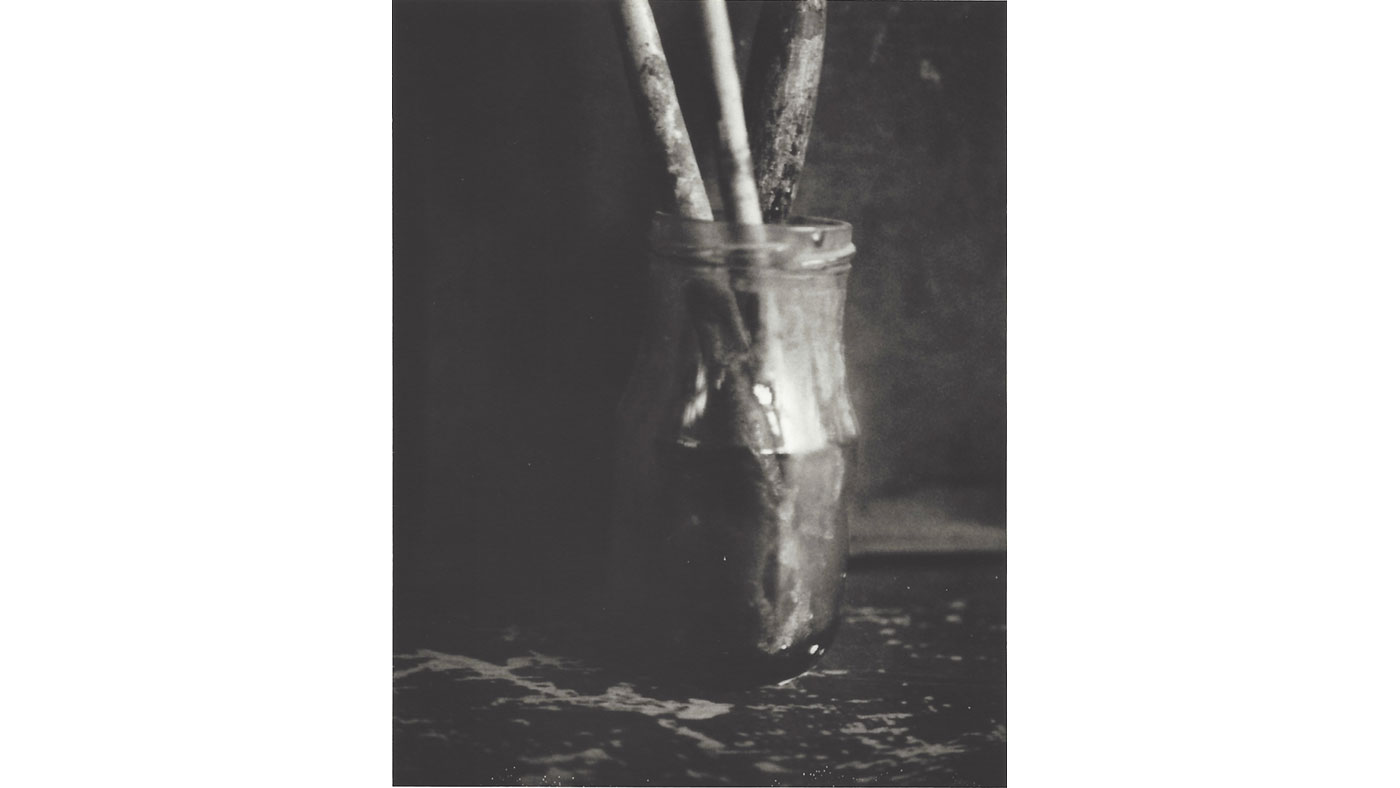
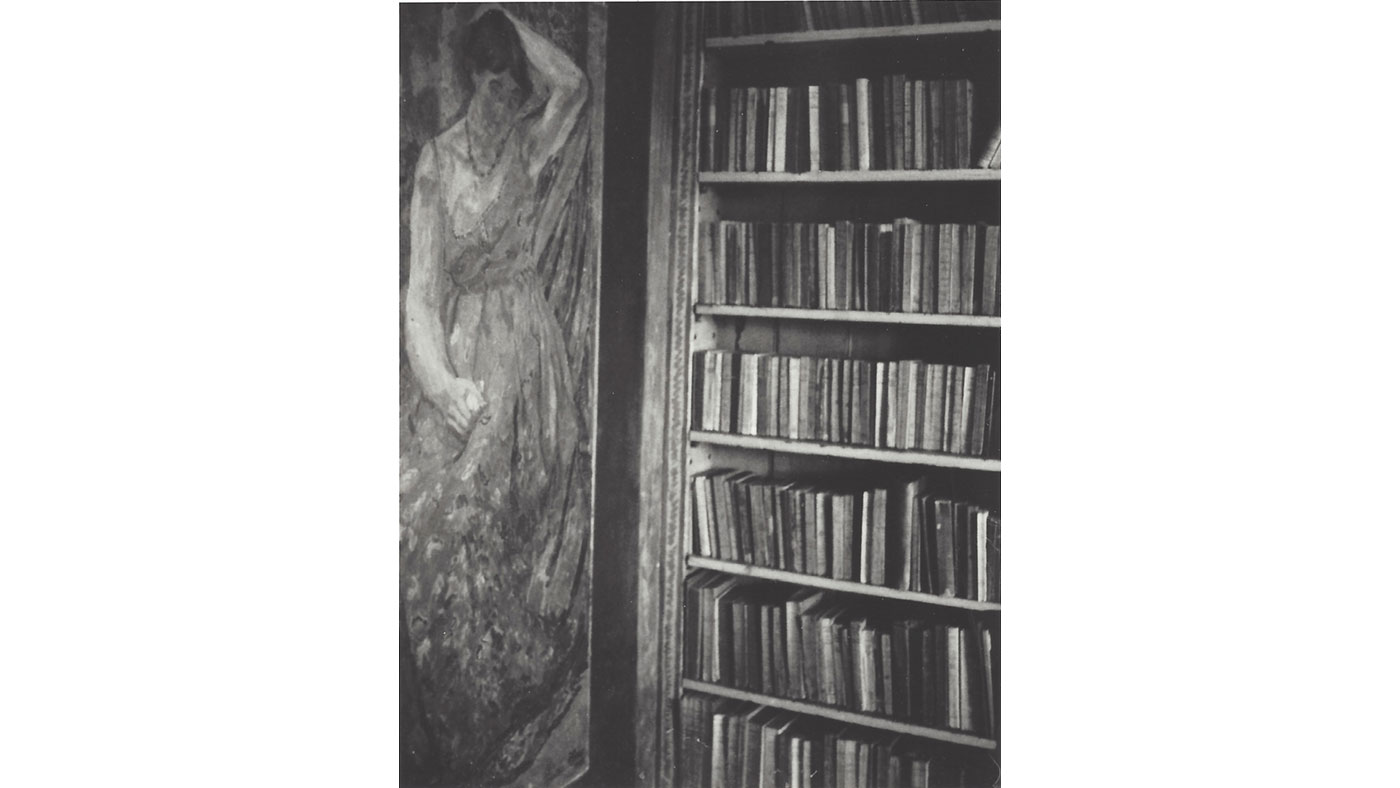

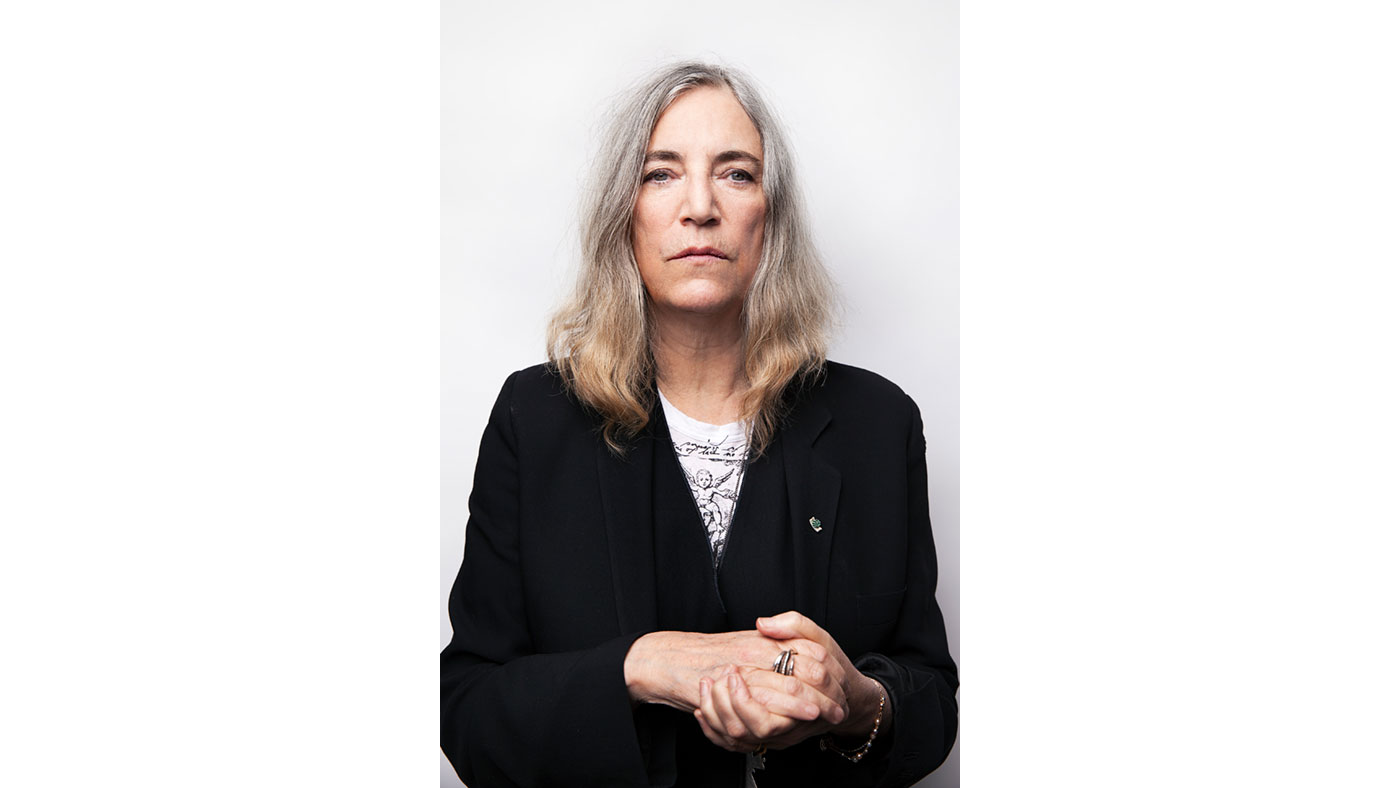
I didn't know Patti Smith as anything other than a rock icon – the hair, the image – but when my co-curator Sarah Milroy saw photos she took of Charleston, the home of Vanessa Bell, I was intrigued. I thought it could make an interesting parallel display for our Bell exhibition and the more we got involved with the idea, the more perfect a match it seemed.
Bell suffers a lot from being part of the Bloomsbury and Charleston sets, great entities that kind of eat her up. As I studied her, looked at her paintings and read about her life, it became clear how brave and remarkable a person she was. She was a radical, taking difficult decisions, creating a world around herself. Every rulebook she encountered, she tore up and rewrote; there is a parallel with Patti Smith.
Another important parallel was Smith's relationship with photographer Robert Mapplethorpe. He was gay, as was Duncan Grant, with whom Bell had a very similar connection. These two relationships shared an intense creativity and rebelliousness. Suddenly it felt to me like there were these two women who were kindred spirits, 100 years apart. I think it's a valuable idea to hang Smith's image next to Bell's; it makes people question both women and their attitudes. And that's great – I like dialogue.
The Week
Escape your echo chamber. Get the facts behind the news, plus analysis from multiple perspectives.

Sign up for The Week's Free Newsletters
From our morning news briefing to a weekly Good News Newsletter, get the best of The Week delivered directly to your inbox.
From our morning news briefing to a weekly Good News Newsletter, get the best of The Week delivered directly to your inbox.

Just like Bell – who was not only painting at a time when female artists found it very difficult to gain recognition, but was also struggling to make herself heard as an artist within the Bloomsbury Group – Smith found it difficult to emerge from under the shadow of Mapplethorpe.
In fact, Smith says that she thought of herself as a type of modern-day, 19th-century amateur photographer. It was fascinating for me to see the images she had taken without actually knowing that she had said this. I was looking at them and thinking, 'You know, they are black and white, but they have this ghostly, silvery, very magical quality'. It really did look like we had stumbled upon an unknown 19th-century photographer. And then I read Smith's quote, that this was actually her aspiration.
Smith had visited Charleston before, but she decided to record it with her camera in 2003. I think her response to the place was very much that she felt the ghosts there. She recognised the lifestyle, the piles of books, the art and being surrounded by odd bits of pottery and things that you love. She recognised it from the way that she lived and then photographed it with a Polaroid that she has in black and white. So in a curious kind of way it feels ghostly; it feels like she is recording the ghost of Charleston.
By the time we found Smith's images, we had also stumbled across Bell's photograph albums in the Tate archives. The photos are not all by her; she appears in some of them. But the family was very familiar with the art of photography. Julia Margaret Cameron was aunt to both Bell and her sister Virginia Woolf, who were also keen photographers all through their lives. Bell's are not of preparatory sketches, as you might expect of a painter; she doesn't do it that way. She records life, as it happens and, inevitably, as an artist, you can see how she is composing images through the lens.
A free daily email with the biggest news stories of the day – and the best features from TheWeek.com

Of course, the people she was photographing are the people who inhabited the interiors that Smith photographed so many years later. So, you have the beautiful ghost-like images Smith took of Bell's bed or Woolf's bed or the River Ouse, where Woolf committed suicide (this last one hangs next to an image of Woolf's cane, which takes the same shape as the river). It's very moving because you look from one to another and the ghosts of Charleston through Bell's eyes seem to inhabit and link with Smith.
In the display cases, we have Bell's albums and the images there are materially very similar to Smith's. They are black and white and hazy, ethereal and luminous. So, it does feel like kindred spirits are meeting in that room.
I fully admit that as a museum director I was not blind to the marketing impact of being able to use the name Smith, who instantly creates interest. I have no qualms at all about that and when we first suggested this exhibition, my immediate thought was 'what a wonderful idea artistically'. But I also thought 'what a wonderful idea from the point of view of bringing people to see and reassess Bell'. If they come to see Smith and then discover Bell, all the better.
But then, as it transpired, the more I got more into it, the more I went to see the archive photos. Then when I saw the images that we we're getting from Smith – and we found some that haven't really been seen before – it suddenly turned into magic. It's one of those wonderful occasions when a room that you added as a sort of afterthought, a parallel show that would benefit the exhibition but wasn't the main event, suddenly becomes part of the main event in a really valuable way. I am thrilled that we did it and I give credit to Sarah Milroy, my co-curator, as she saw the impact straightaway.
Ian A C Dejardin was formerly Sackler director at Dulwich Picture Gallery. He has recently joined the McMichael Canadian Art Collection in Kleinburg, Ontario, as its chief executive. Legacy: Photographs by Vanessa Bell and Patti Smith is at Dulwich Picture Gallery, London, until 4 June, tickets £14; dulwichpicturegallery.org.uk
-
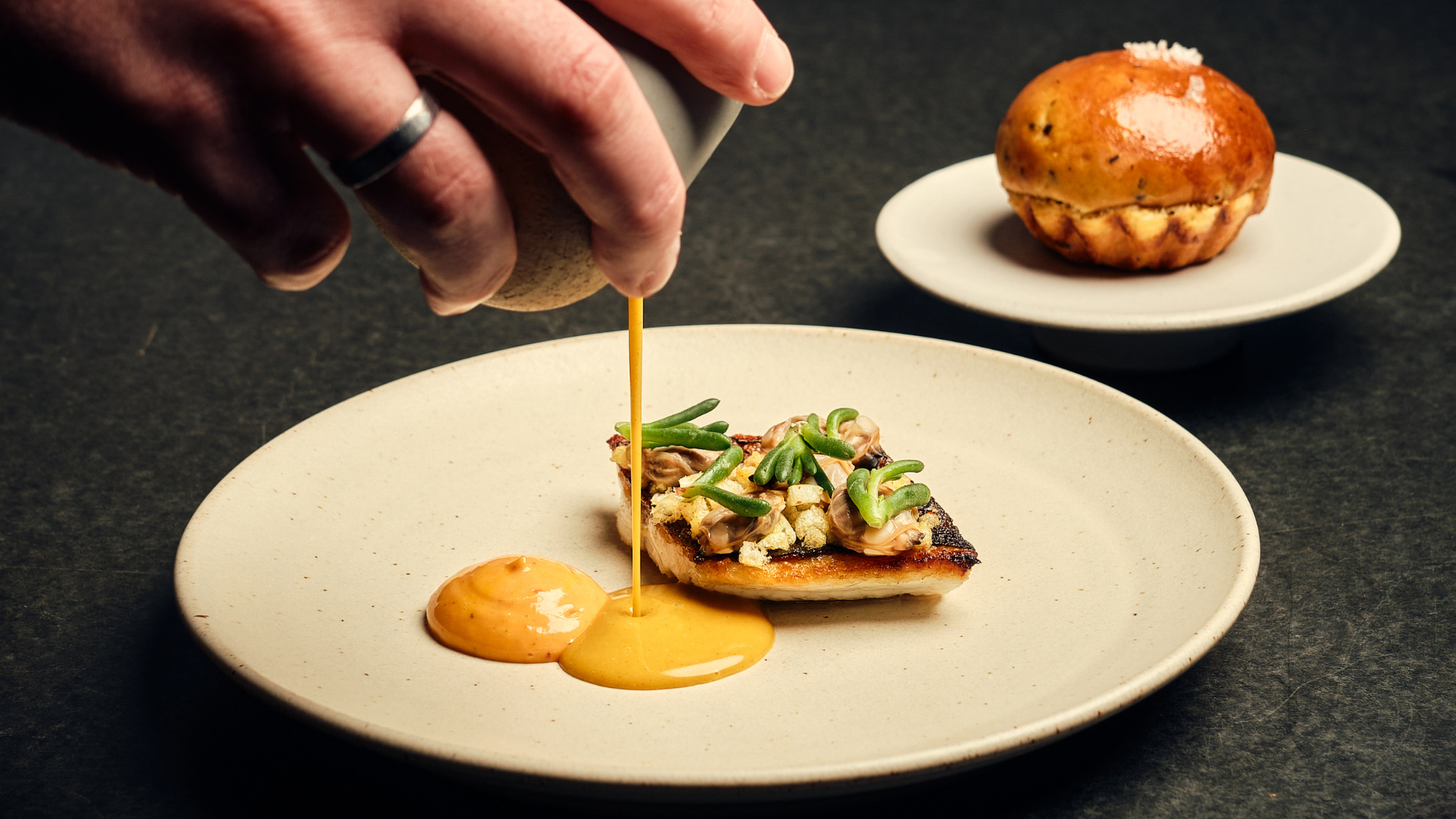 A foodie guide to Edinburgh
A foodie guide to EdinburghThe Week Recommends Go all-out with a Michelin-starred meal or grab a casual bite in the Scottish capital
-
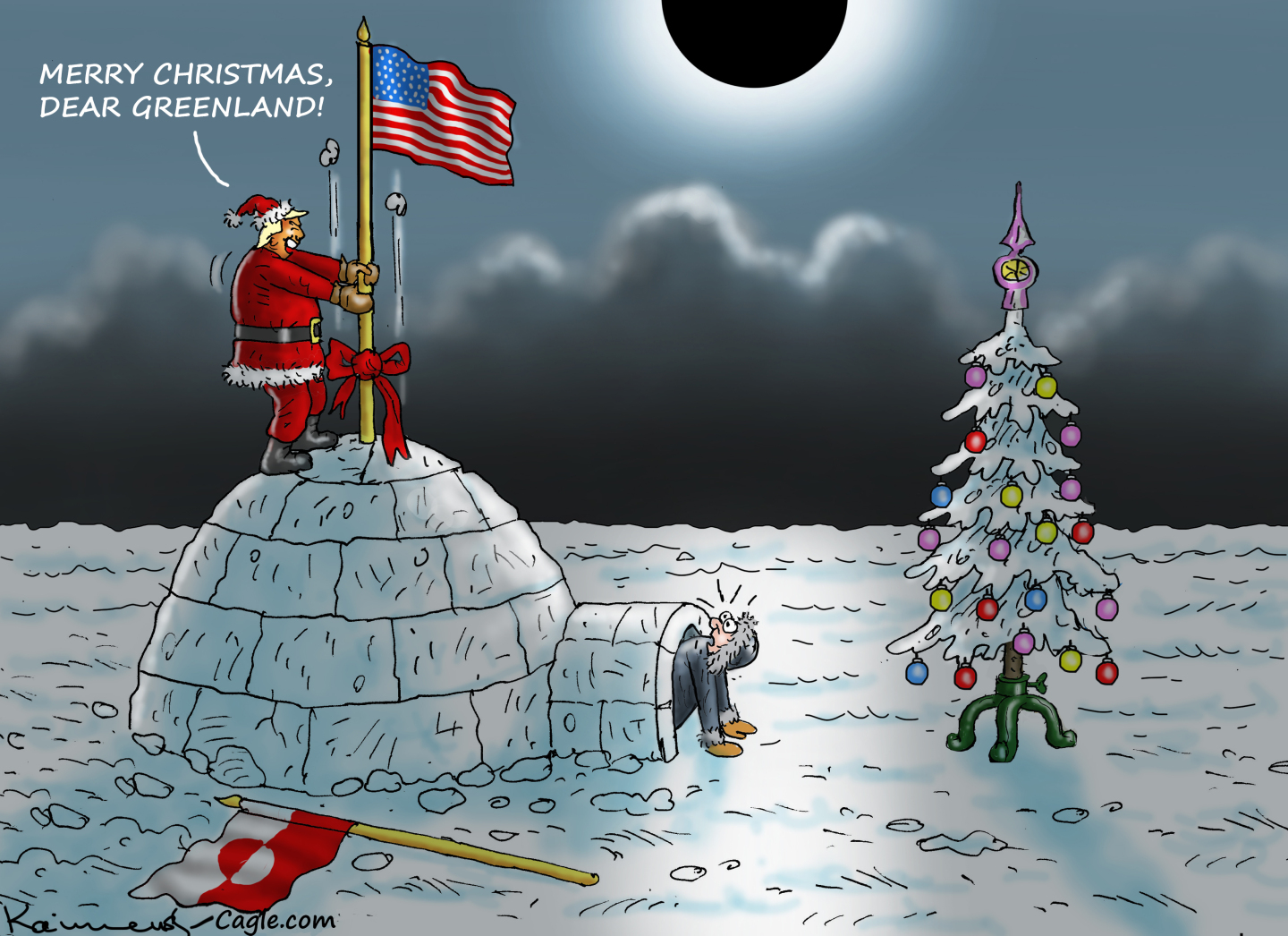 Political cartoons for December 24
Political cartoons for December 24Cartoons Wednesday's political cartoons include Christmas in Greenland, grinchflation, and California floods
-
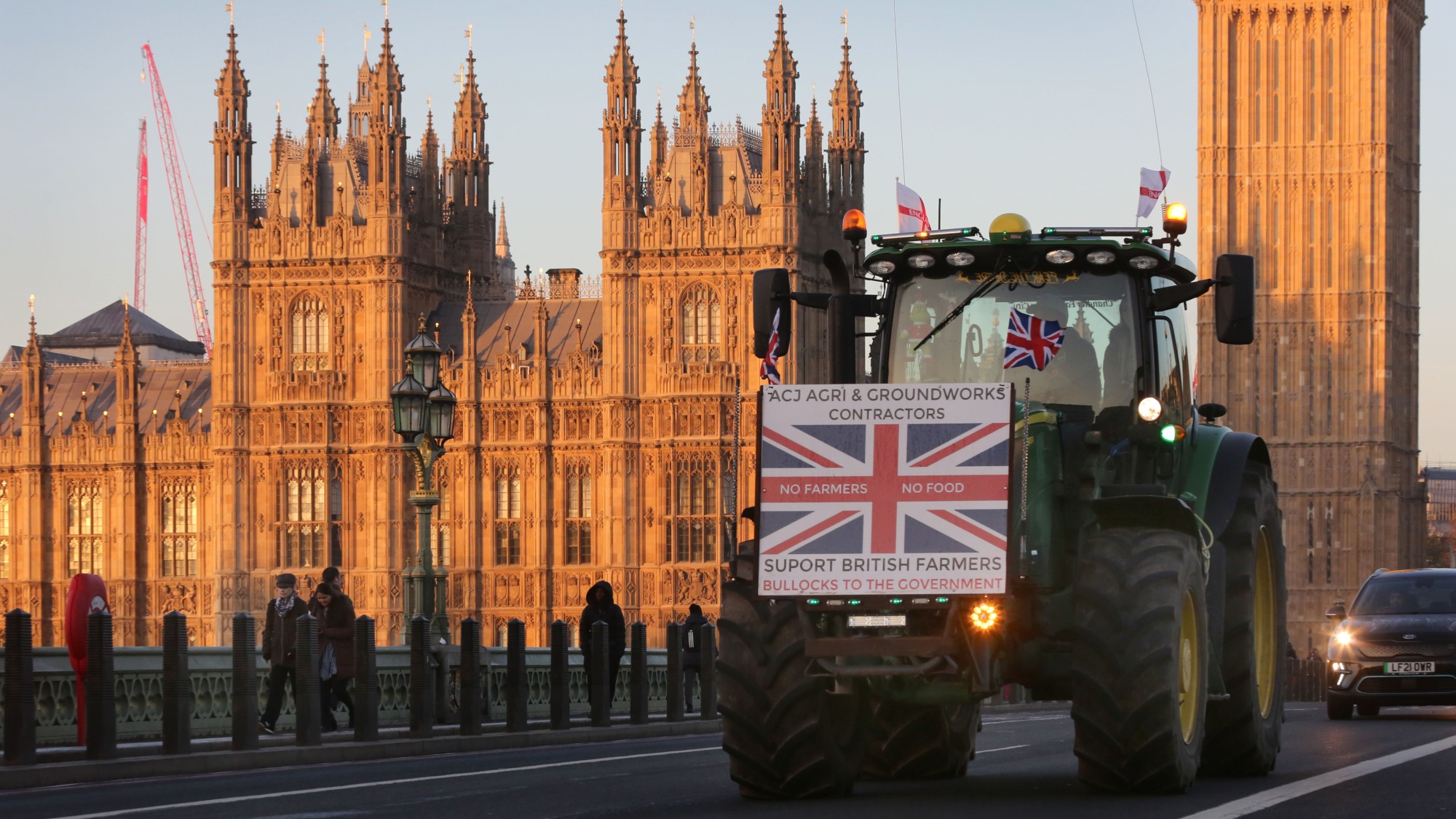 Is there a Christmas truce in the Starmer farmer ding-dong?
Is there a Christmas truce in the Starmer farmer ding-dong?Today’s Big Question There’s an ‘early present’ for farmers but tensions between Labour and rural communities remain